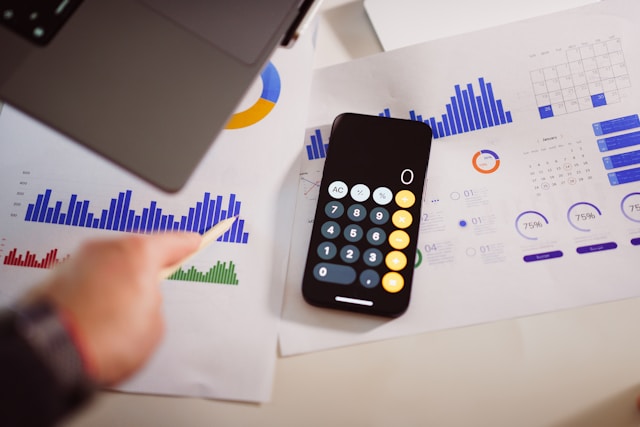Pricing isn’t just about covering costs and adding a margin. It’s about perception. The psychology of pricing plays a huge role in how consumers make purchasing decisions, and often the way a price is presented matters more than the actual number itself. Businesses that understand how to use psychological pricing strategies can influence buying behavior, increase sales, and build stronger customer relationships.
Whether you sell physical products, digital services, or subscription plans, pricing psychology strategies can help you highlight value, reduce hesitation, and encourage conversions. Let’s explore what works best and how you can use these techniques in your business.
The Role of Consumer Psychology in Pricing
Every buyer makes decisions not only with logic but also with emotions. Consumers rarely calculate the true cost-to-benefit ratio when purchasing something; instead, they rely on shortcuts, impressions, and feelings of value. This is where the psychology of pricing comes in it taps into these natural tendencies to make prices feel more attractive.
For example, a product priced at $49.99 feels significantly cheaper than $50, even though the difference is just one cent. This is called perceived value, and it’s a powerful factor that affects how customers interpret your offer.
Proven Psychological Pricing Strategies
There are several well-known psychological pricing strategies that businesses use successfully across industries. Here are some of the most effective techniques:
1. Charm Pricing
Charm pricing refers to setting prices just below a round number, such as $9.99 instead of $10. Studies show that consumers associate prices ending in “.99” with bargains and are more likely to buy, even if the savings are minimal.
2. Anchoring Effect
Anchoring is when customers are influenced by the first number they see. For example, if you display a product originally priced at $299 but discounted to $199, the higher “anchor” price makes the discounted price look like a great deal.
3. Bundling for Perceived Savings
Bundling products or services together can increase sales by giving buyers the feeling that they’re getting more for their money. For instance, offering a shampoo and conditioner set for $25 instead of $15 each encourages customers to buy both items.
4. Decoy Pricing
Decoy pricing involves adding a third option that makes another choice seem more attractive. A common example is subscription models: if you offer a basic plan for $10, a premium for $30, and a “decoy” plan for $28 with fewer features, most customers will choose the $30 option because it feels like better value.
5. Scarcity and Urgency Pricing
Consumers are more likely to buy when they believe an offer is limited. Displaying phrases like “only 2 left in stock” or “offer ends tonight” creates urgency that drives immediate decisions. This pricing psychology technique works especially well in e-commerce.
Examples of Pricing Psychology in Action
Big brands have mastered psychological pricing examples that influence shoppers daily. Retailers like Walmart and Target rely heavily on charm pricing, while tech companies like Apple use anchoring by showing higher-priced models alongside standard ones. Streaming services such as Netflix or Spotify use decoy pricing to nudge customers toward mid-tier plans that maximize their revenue.
By observing these strategies, smaller businesses can adopt similar approaches tailored to their products and customer base.
What Works Best for Different Businesses
Not every psychological pricing strategy will work the same way for every business. Here’s what tends to be most effective:
-
Physical products – Charm pricing and bundling create the perception of affordability and added value.
-
Digital services – Anchoring and decoy pricing are effective for software, apps, and online tools.
-
Subscription models – Decoy pricing and urgency (limited-time discounts) help increase conversions and customer lifetime value.
Experimenting with different strategies can help you discover what resonates best with your audience.
Potential Downsides of Psychological Pricing
While these techniques are powerful, they should be used ethically. Overusing scarcity tactics or misleading customers with false discounts can backfire, damaging trust and long-term brand reputation. The psychology of pricing works best when it enhances value, not when it manipulates consumers unfairly.
Conclusion
The psychology of pricing is about more than setting numbers it’s about shaping how customers perceive value. Proven strategies such as charm pricing, anchoring, bundling, decoy pricing, and scarcity can influence buying behavior and boost sales when applied correctly.

